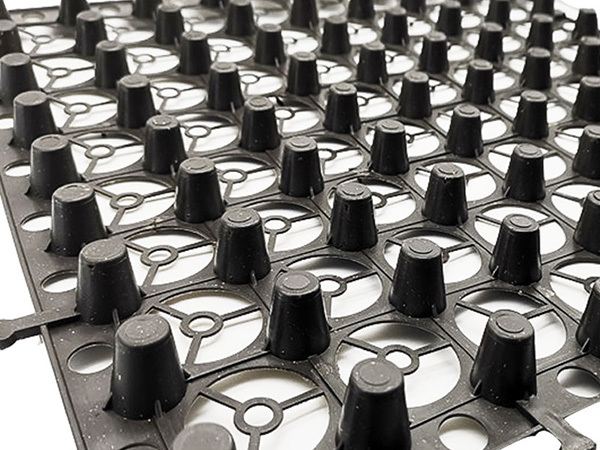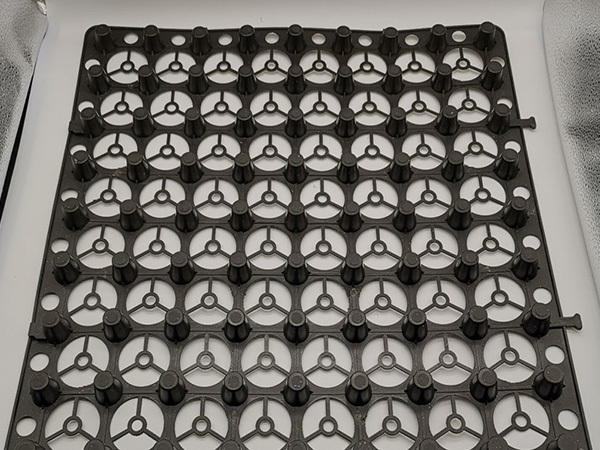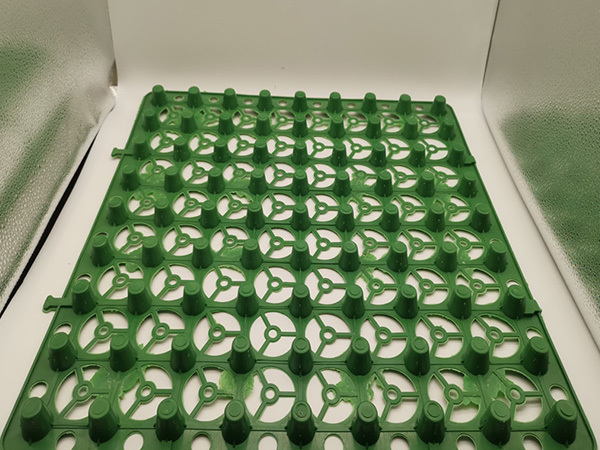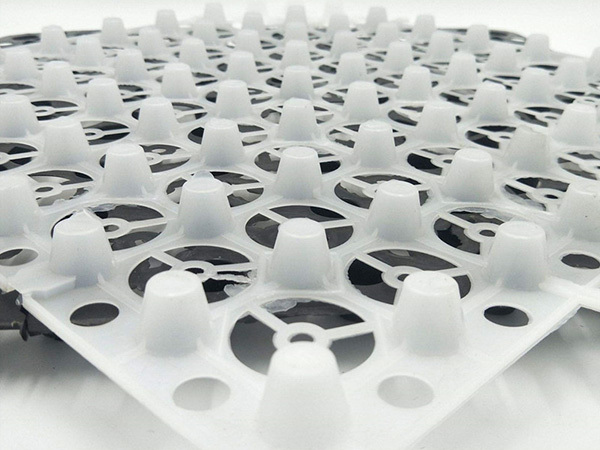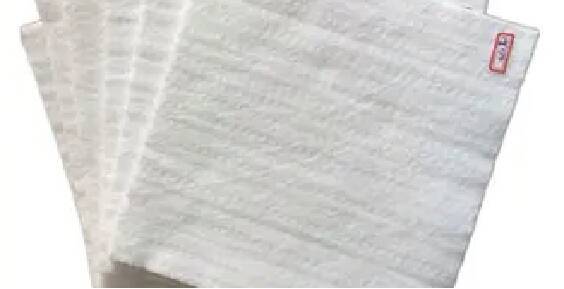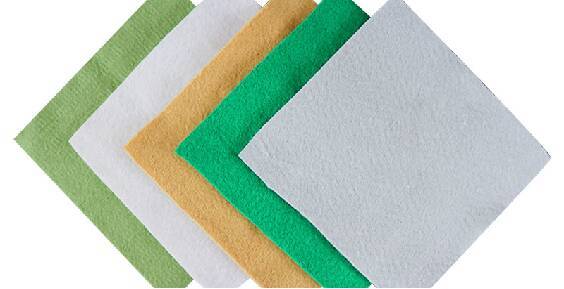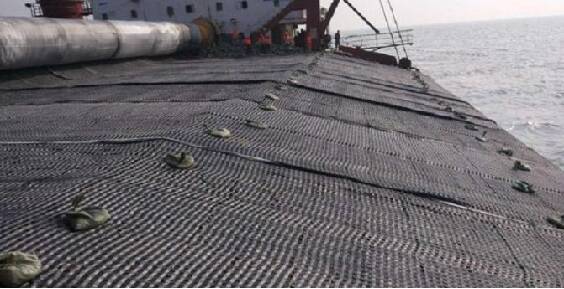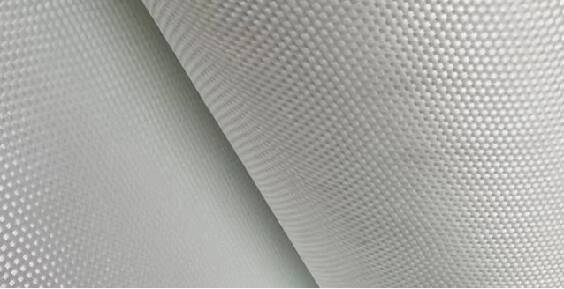Drainage and Retention Board
The drainage and storage board features a professional mechanical design, with uniformly thick walls on its protruding structures and integrated reinforcing ribs, ensuring high compressive strength while maintaining excellent flexibility. It resists degradation, drains water effectively, and remains stable over time. After being installed via hot-melt welding, the board exhibits uniform resistance to plant punctures, as well as outstanding chemical resistance—specifically to acids and alkalis—and exceptional aging performance. This creates a robust, flexible protective barrier that seamlessly integrates with building waterproofing systems, keeping the waterproof layer securely enclosed in a controlled environment and significantly reducing the risk of premature aging. As a result, the service life of the waterproofing system is dramatically extended.
Keywords:
Detailed description
Product Introduction:
The drainage and storage board features a professional mechanical structure design, with evenly distributed wall thickness across its protruding ribs and integrated reinforcing ribs, ensuring high compressive strength while maintaining excellent flexibility. It resists degradation, drains water effectively, and remains stable over time. After being installed via hot-melt welding, the board exhibits uniform resistance to plant puncture, as well as outstanding chemical resistance—withstanding acids, alkalis, and environmental aging. This creates a robust, flexible protective barrier that seamlessly integrates with building waterproofing systems, keeping the waterproof layer securely enclosed in a controlled environment and significantly reducing the risk of premature aging. As a result, the service life of the waterproofing system is dramatically extended.
The unique concave-convex hollow rib structure of the drainage and storage board efficiently channels rainwater away, significantly reducing—or even eliminating—the hydrostatic pressure on the waterproof layer. This proactive water-conducting mechanism enables an effective, active waterproofing solution.
The drainage and water-retention board material itself is an excellent waterproofing material. By using a reliable, overlapping installation method, the board further enhances its effectiveness as a supplementary waterproofing solution.
Drainage and water-retention boards effectively reduce indoor noise. When used on floors or walls, drainage protection boards also provide excellent ventilation and moisture-proofing benefits.
Main applications:
Landscape Engineering: Garage Roof Greening, Rooftop Gardens, Football Fields, Golf Courses.
Municipal Engineering: Road Subgrades, Subway Tunnels.
Construction Engineering: Upper or lower layers of building foundations, interior and exterior walls of basements, as well as roof waterproofing and insulation layers.
Transportation Engineering: Highways, railway subgrades, embankments, and protective layers.
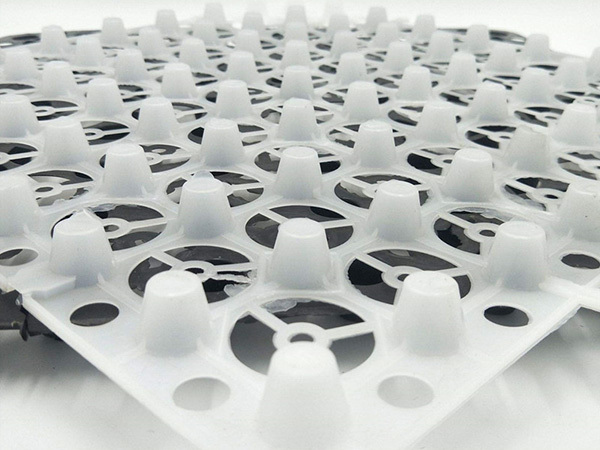
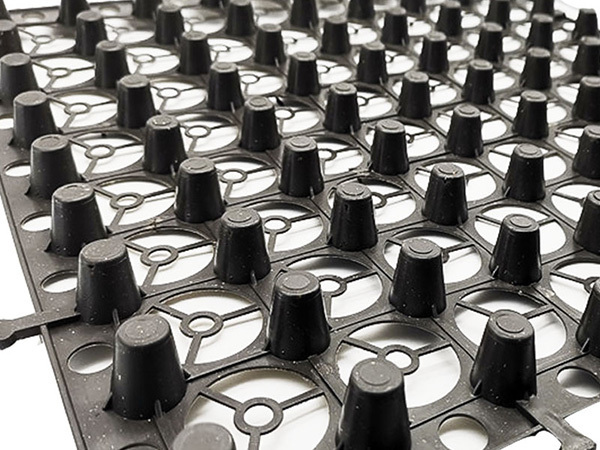
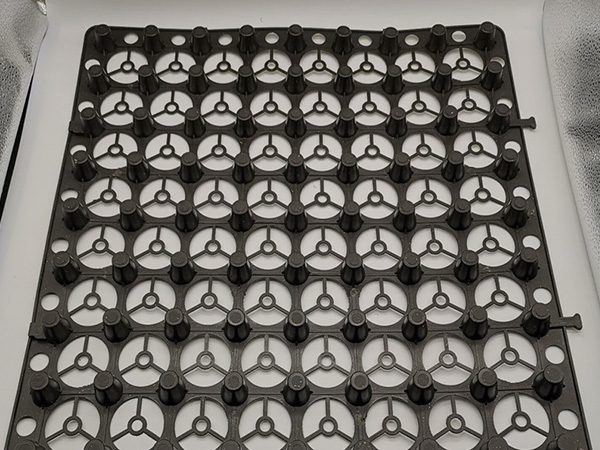
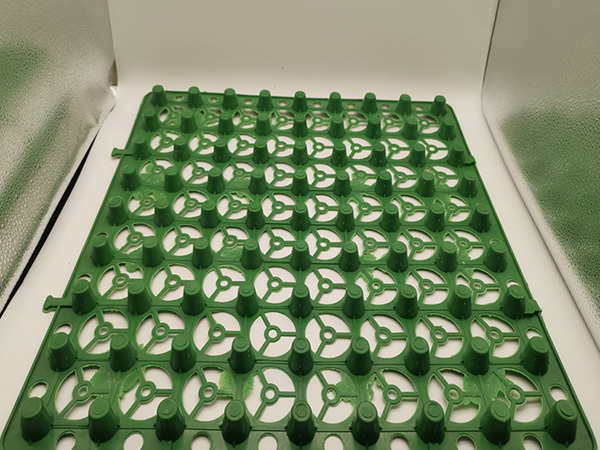
Get a product quote
We’re here to help you every step of the way! Please fill out our inquiry form, and our team will respond promptly.
Recommended Products
Strong technological capabilities and robust R&D expertise
Laminate Film Machine-Woven Fabric



